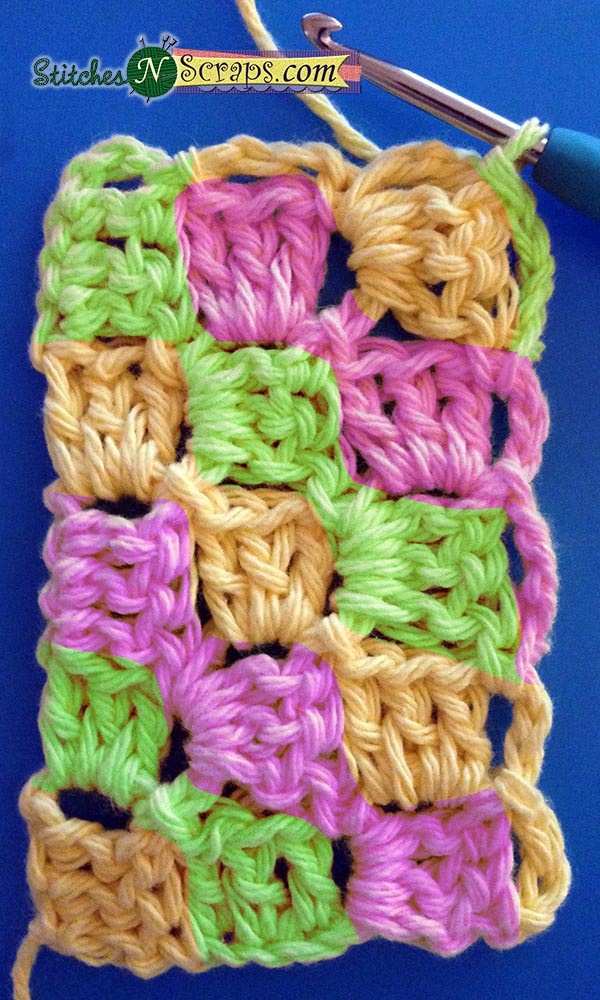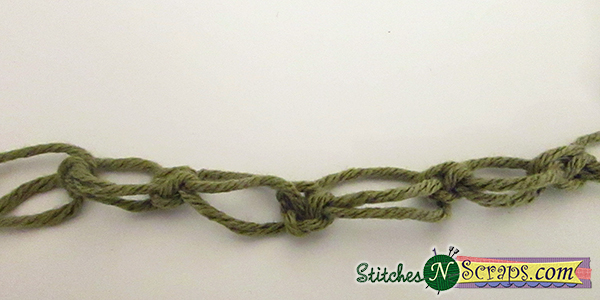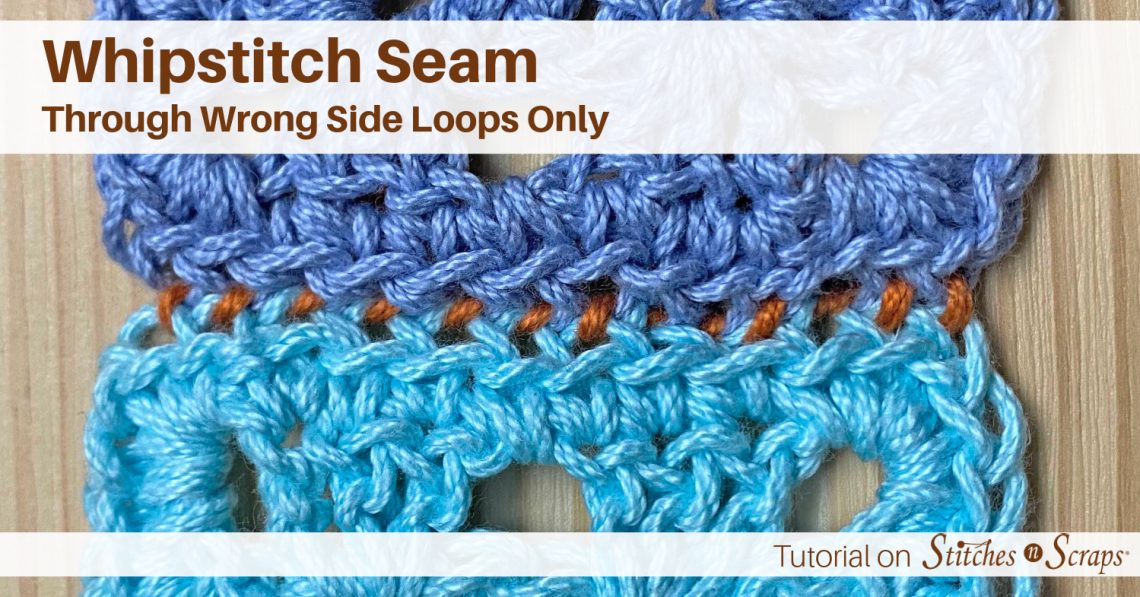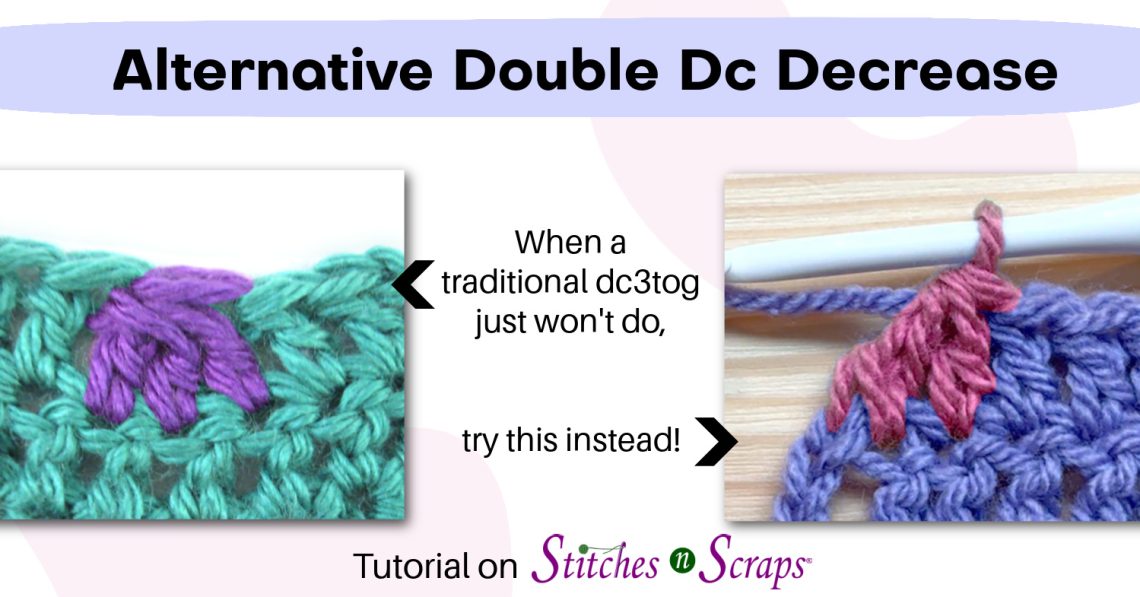Crochet Technique and Stitch Tutorials
Tutorials for crochet techniques and stitches, not entire patterns.
-
Tutorial – Diagonal Puff Stitch
Earlier, I showed you how to do the diagonal box stitch. Now here is a fun variation! The diagonal puff stitch is worked exactly in the same way as the diagonal box stitch, except that the 2nd dc of each box is replaced with a puff! With this one simple substitution, you get puffs that line up in opposite directions, creating a thick, soft fabric with great texture. Caution – this stitch is a serious yarn hog, so probably best kept for smaller projects. First, let’s define a puff stitch (puff) as follows: YO, insert hook into specified stitch or space, and draw up a loop to the same height as…
-
Tutorial – Diagonal Box Stitch
The diagonal box stitch is one of many stitches that can be worked from “corner to corner” (c2c), and it’s everywhere right now. This wildly popular stitch is great for blankets, but can also be used for scarves, sweaters, or just about anything else! Because it’s worked diagonally across the fabric, it creates nice diagonal stripes when used with self striping yarns. It’s also made up of small boxes that can act as “pixels”, so works well for graphed images too. It can be a little intimidating the first time, but it’s made up of easy stitches – nothing more than chains and double crochet. Here’s how you do it: The first…
-
Tutorial – Solomon’s Knot / Lover’s Knot
The Solomon’s knot or Lover’s knot stitch (lk) is a fast and easy way to create beautiful, lacy fabrics. The actual stitch is very simple – an extended chain combined with a single crochet. Here’s how you do it: Pull up a working loop to the desired length. If you are following a pattern, it should specify the length. Most often, the lks at the edges of your work will need to be a bit shorter than the rest of the lks. Now holding your loop in place, yarn over and draw through, just as though you were making a chain, but do not tighten it. What you now have is a…
-
Tutorial – Front Post & Back Post Slip Stitches
Front post and back post stitches, sometimes called relief stitches or cables, are common in crochet. You’ll most often see front post and back post double crochets or trebles, and sometimes also half double crochets. Front post and back post slip stitches, on the other hand, are much more rare, but they are easy and can be very useful! One of my favorite uses for these stitches is as a “join as you go” technique to join work at a 90 degree angle. If you’re a knitter, think of it like the wrap and turn technique on a short row heel turning. In this example, I am using front and back post…
-
How to Crochet Without a Slip Knot
Most of us learned to start our crochet by making a slip knot. It's so annoying to squish some soft, luxurious, handmade item and feel that hard little bump. But you don't have to! You can start your crochet without a slip knot.
-
Alternative Half Double Crochet Decrease
The traditional half double crochet 2 together (hdc2tog) decrease can be bulky, particularly at the edges of the fabric. This cleaner, sleeker, alternative half double crochet decrease reduces the bulk with just a slight modification.
-
Tutorial – Basic Filet Crochet
Filet crochet can look intimidating, but it’s really an easy technique and can be used to make just about any design! You can make something simple, like this Heart Filet Block by I’m Hooked, or something more complex, like this Four Rose Doily by Elizabeth Ann White. There are even filet versions of the Last Supper and the signing of the Declaration of Independence! Below is a filet crochet chart for a small motif. I’ve also included a traditional crochet chart version of the exact same design. See how clear and easy the filet chart looks in comparison? For this tutorial, we’re going to ignore the traditional chart and focus on how to read the filet chart. Each…
-
Whipstitch Seam Through Wrong Side Loops
There are dozens of ways to join crochet blanket squares and motifs. One of my favorite methods is the whipstitch seam through wrong side loops only. The unused, right-side loops line up neatly on either side of the seam, setting off each motif separately rather than blending them together.
-
Alternative Double Dc Decrease
When working in double crochet (dc), have you ever wanted a sleeker, less bulky alternative to the standard double crochet 3 together (dc3tog)? Create a sharper angle and less bulk with this alternative, double dc decrease!










